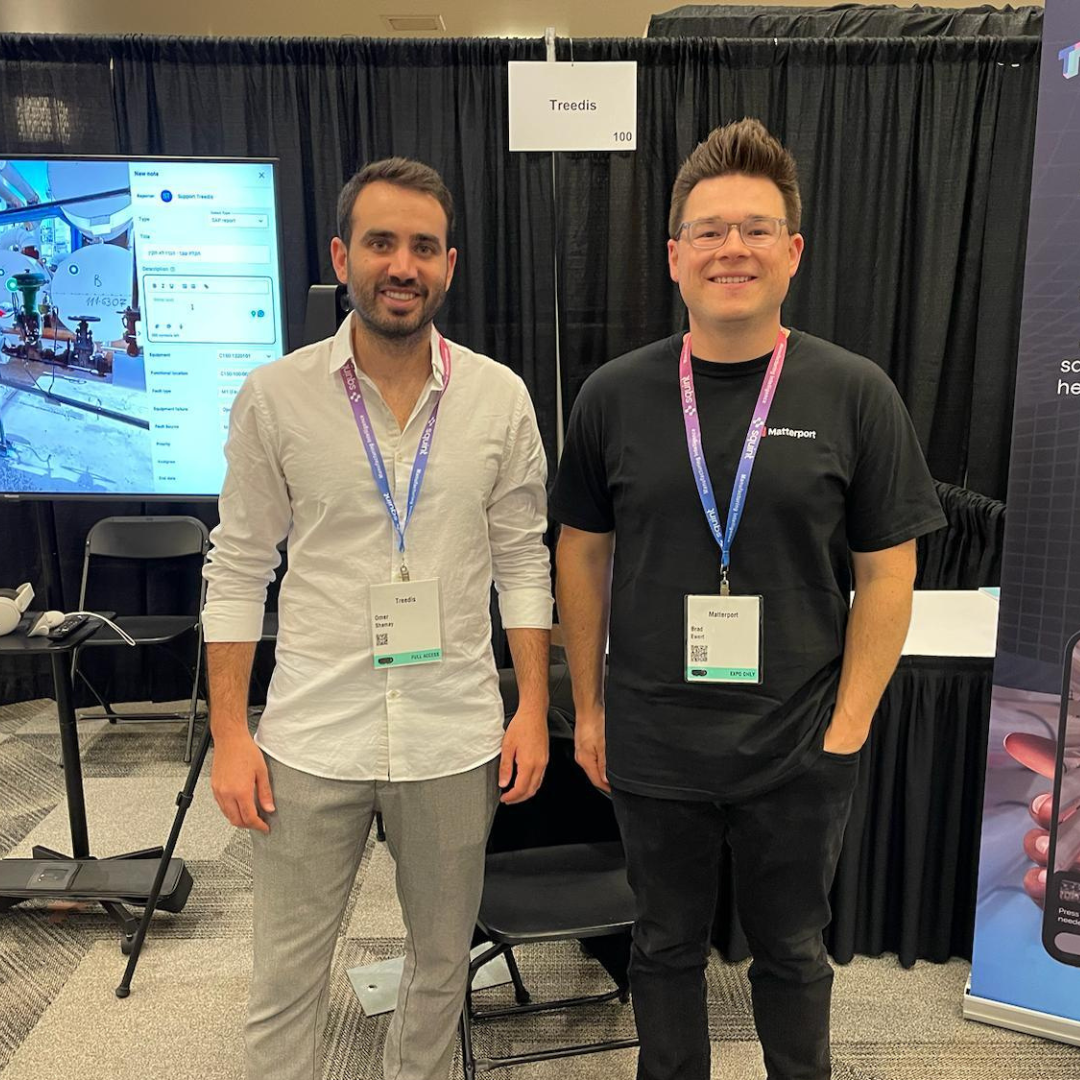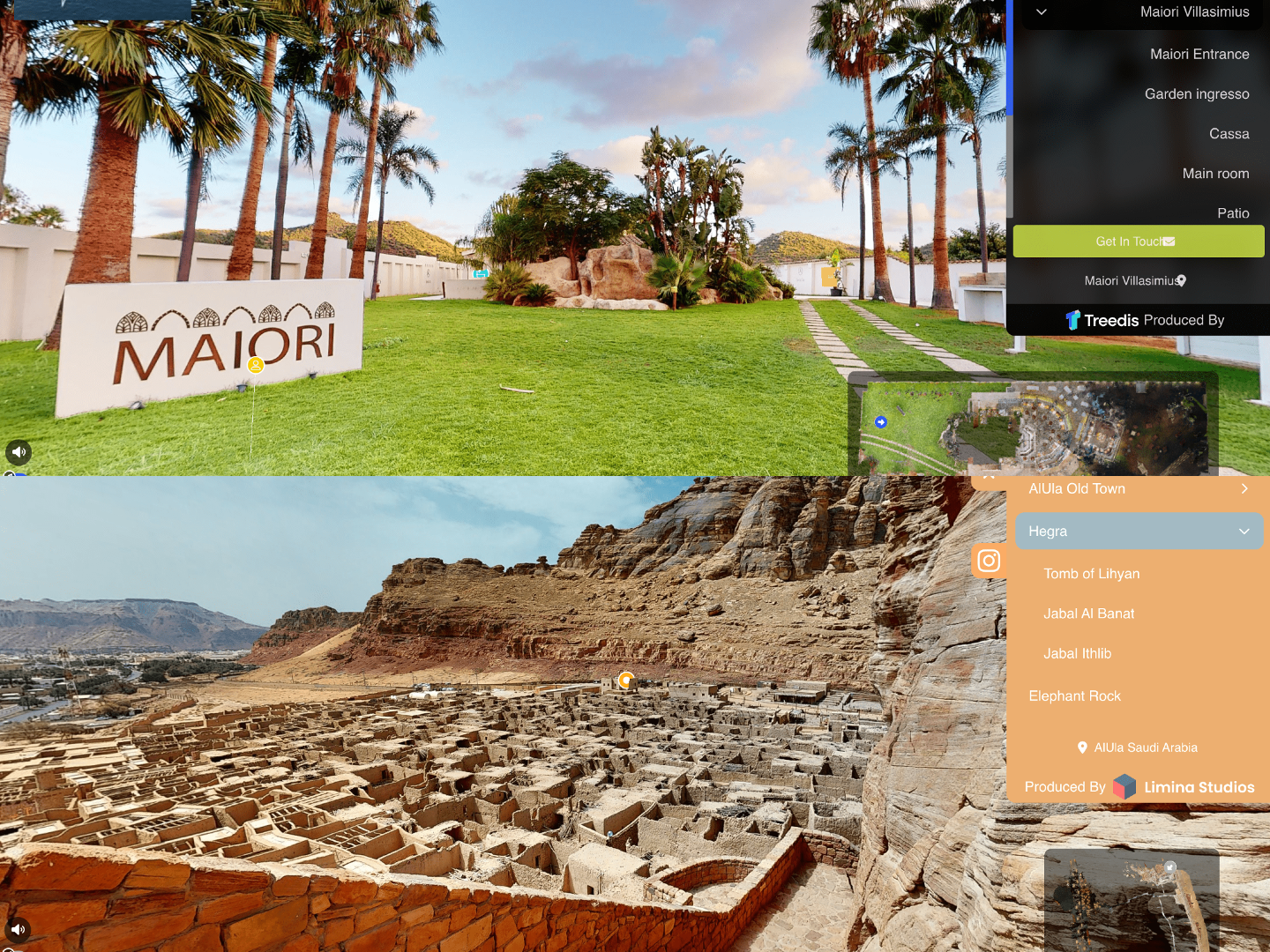January 14, 2025
Blog
Keeping Employees Safe: How Immersive VR Training Enhances Safety in the Manufacturing Industry
.png)


Keeping manufacturing employees safe and up to speed on the latest safety protocols can be a challenging task, but virtual reality (VR) training technology offers an opportunity for keeping this process is becoming more efficient and comprehensive than ever before.
Imagine learning crucial skills in a risk-free environment, where mistakes become valuable lessons and confidence soars. VR training takes safety to new heights, immersing trainees in realistic simulations that prepare them for the unexpected. VR training offers numerous advantages over traditional learning methods, including enhanced employee safety, cost savings, improved performance.
In this blog, we unlock the secrets of immersive training and virtual reality, optimized for safety and performance.
Benefits of Immersive VR Training in the Manufacturing Industry
Enhanced Safety
Traditional training methods often pose risks in hazardous environments. VR training provides a controlled setting where trainees can practice without real-world consequences. By immersing individuals in lifelike scenarios, they can learn safety protocols, emergency procedures, and risk mitigation strategies with utmost precision and without endangering themselves or others. According to a study conducted by the University of Maryland's Virtual Reality Lab, VR training has shown a significant reduction in workplace accidents and injuries. The study revealed that companies implementing VR training experienced a 45% decrease in accidents compared to those using traditional methods
Performance Optimization
Immersive VR experiences engage trainees on a deeper level, enhancing their focus and retention. The interactive nature of VR simulations allows for hands-on learning, promoting skill development and muscle memory. Trainees can practice complex tasks repeatedly until they achieve mastery, boosting their performance and readiness for real-world challenges. A study conducted by PwC found that VR training can improve employee performance by up to 70% compared to traditional training methods.
Cost Efficiency and Time Savings
Traditional hazardous environment training often incurs substantial costs for equipment, site access, and travel expenses. VR training eliminates these expenses, offering a cost-effective alternative. Additionally, the time required for physical setup and coordination is significantly reduced, allowing organizations to train more efficiently and allocate resources wisely. According to a report by Deloitte, implementing VR training can result in cost savings of up to 40% compared to traditional training methods. The study also revealed that organizations can reduce training time by up to 50% by utilizing VR simulations.
Real-Life Success Stories of VR Training:
One remarkable collaboration that exemplifies the power of immersive VR training is between Treedis and ICL. Together, they have implemented training projects within factories, connecting employees in a groundbreaking way. The results have been astounding, with workers praising the effectiveness and engagement of the virtual training. Feedback highlights improved knowledge retention, enhanced teamwork, and increased confidence in handling hazardous situations. Strong with this experience, Treedis is now leading the "Connected Workers' pillar for the ICL Future Plant Project, where it will be providing employees with Virtual Reality Training to enhance processes.
The Future of Immersive Training: Mixed Reality Solutions:
As we look to the future, the fusion of virtual reality and augmented reality holds incredible potential. Treedis is at the forefront of this innovation, providing a seamless and accessible solution for mixed reality experiences. Just by scanning physical spaces turning it into digital twins, users can seamlessly transition between augmented and virtual reality, unlocking new possibilities for immersive training. Mixed reality offers an immersive blend of virtual and real-world elements, enhancing training experiences and creating an even more comprehensive learning environment. With our Experience Creator feature, users can create immersive training and onboarding experiences that can be accessed on all extended realities. With no coding skills required, users can easily create these valuable experiences.
Immersive VR training has revolutionized the way we approach hazardous environments. With its enhanced safety, performance optimization, and cost efficiency, VR training provides an immersive and effective solution for preparing individuals to face high-risk scenarios. The collaboration between Treedis and ICL exemplifies the positive impact of immersive training within factories, connecting employees and receiving outstanding feedback.As we look ahead, the merging of virtual and augmented reality opens up a realm of possibilities for mixed reality solutions. Treedis stands as a pioneer in this field, providing accessible tools for seamless transitions between virtual and augmented experiences.The future of immersive training is here, and it holds tremendous potential for enhancing safety, optimizing performance, and pushing the boundaries of traditional learning. Embrace the immersive revolution and prepare for a new era of training that bridges the gap between virtual and reality. (edited)
More Articles
More Articles

.png)

Jan 14, 2025
How Immersive Technologies Are Revolutionizing Workforce Training and Closing the Skills Gap
Immersive technologies like AR, VR, and digital twins are revolutionizing workforce training by addressing the growing skills gap with engaging, hands-on learning experiences. These solutions enhance retention, boost productivity, and reduce costs, making them essential for dynamic, scalable training in a rapidly evolving job market.


Nov 27, 2024
What's Next For Training? Takeaways From The Augmented Enterprise Summit
In October, we joined the Augmented Enterprise Summit (AES) with Matterport, connecting with industry leaders and Fortune 500 companies while sharing key XR insights.


Jun 28, 2024
Digital Twin Awards: Success Stories
The Digital Twin Awards honor virtual tour innovation. This year, Treedis users Farhad Berahman from Limina Studios and Francesco Loddo from SardiniaVirtualTours3D won in historical and hospitality categories. Farhad's tour of AlUla captivated 2 million viewers, while Francesco's tour of Maiori Villasimius boosted bookings by 25%. Their achievements showcase the transformative power of Treedis technology.
%20(1).jpg)

Jun 5, 2024
Key Insights from Hannover Messe: The Future of Manufacturing in Industry 4.0
At the 2024 Hannover Messe, Treedis showcased its Connected Workers solution with AWS, Vodafone Business, and Matterport, integrating digital twins and live sensor data to enhance manufacturing efficiency. This collaboration highlighted the importance of strategic partnerships in advancing Industry 4.0. Treedis remains committed to providing scalable, innovative solutions for the evolving manufacturing landscape.


May 9, 2024
Empowering Industry: The Rise of Connected Workers in Manufacturing
This blog explores how automation and robotics enhance productivity in manufacturing, emphasizing the crucial role of human-machine interaction. As connected workers integrate with industry technology, they gain access to tools that enhance safety, efficiency, and collaboration, making real-time support and comprehensive training more accessible, and ultimately boosting operational productivity by 22%.


.jpg)
.png)
%20(1)%20(1).jpg)











